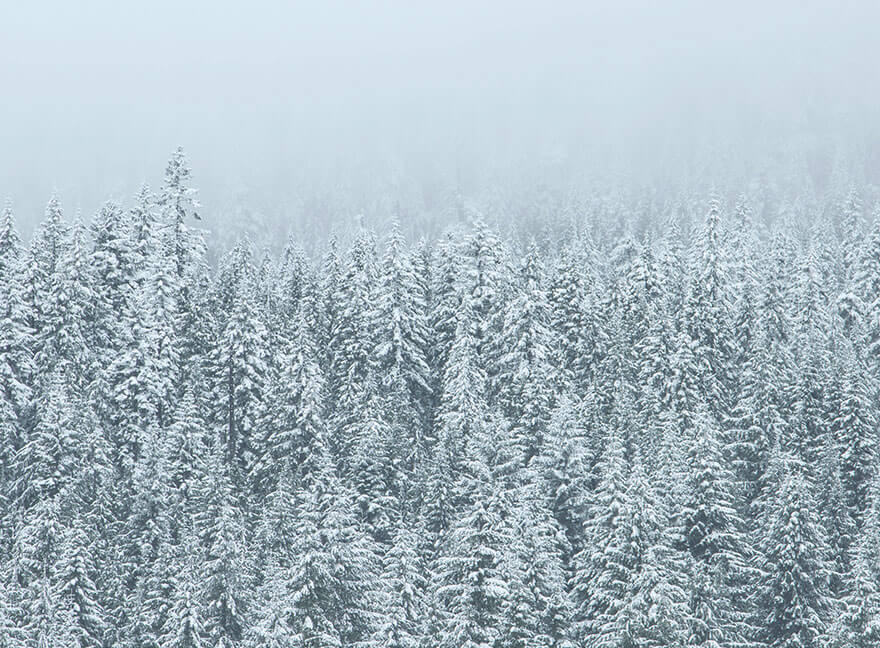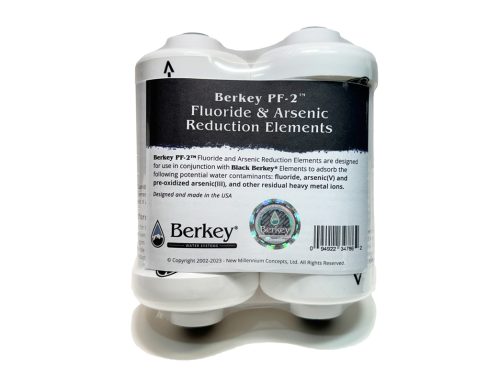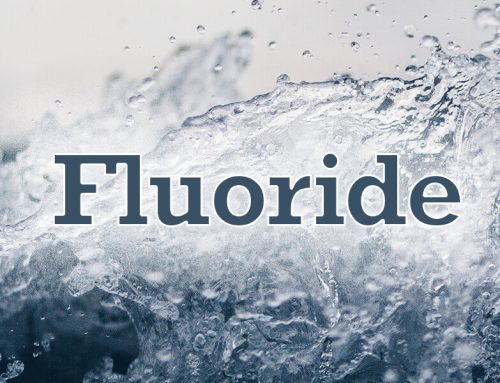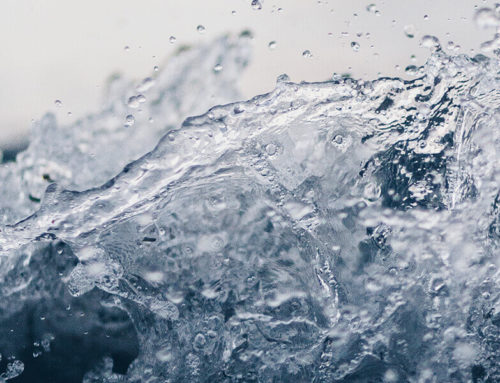Read our winter preparedness guide to understand important information on what to do before, during, and after a winter storm.
*This is not all-inclusive; it’s a starting point. Depending on your location and individual needs, other/additional items should be considered.
Common Winter Weather Terms
It is important to understand terms issued by the National Weather Service to describe changing weather conditions. This will help you take informed actions:
- Winter Weather Advisory– Issued when conditions are expected to cause significant inconveniences and may be hazardous. If caution is used, these situations should not be life-threatening. Drive with caution, and be prepared for possible travel difficulties. Be especially careful when driving on bridges and overpasses, since they tend to freeze before other surfaces.
- Winter Storm Watch– Issued 12 to 36 hours before a potential severe storm. Conditions such as heavy snow and ice may affect your area but the timing and location remain uncertain. Tune in to your local NOAA weather radio broadcast, local TV, radio or other reliable news sources for more information. Monitor alerts, and prepare to stay indoors. Check your emergency supply checklist and gather any items you may need if you lose power.
- Winter Storm Warning– Issued when 4 or more inches of snow or sleet are expected in the next 12 hours, 6 or more inches in 24 hours, or 1/4 inch or more of ice is expected. Delay travel until conditions improve.
- Blizzard Warning– Issued when severe winter conditions are expected or occurring. Sustained winds or frequent gusts of 35 miles or greater per hour and considerable snowfall (reducing visibility to less than a quarter mile) are expected for a period of 3 hours or more. Falling and blowing snow are likely, along with drastically reduced visibility. Delay travel until conditions improve.
- An Ice Storm Warning indicates that ice accumulation of at least 1/4 inch is expected. Snapped power lines and falling tree limbs are possible. Travel will be dangerous or impossible.
- A Sleet Warning indicates that ice accumulation of at least 1/2 inch is expected. Sleet is frozen precipitation (in the form of ice pellets, as opposed to liquid such as freezing drizzle or freezing rain) that melts as it passes through a layer or shallow warm air, and then refreezes before reaching the ground. Sleet accumulations can make roads very slippery, making travel difficult or impossible.
- A Freezing Rain Advisory indicates that ice accumulation of up to 1/4 inch is expected. Freezing rain falls from the sky as a liquid, but freezes on contact with the surface of whatever it makes contact with—often creating a dangerous coating of ice on power lines, walkways, roads and trees. Travel may be difficult or impossible.
- Black Ice is a thin, nearly invisible layer of ice on a roadway or sidewalk. Because it is transparent, it can be extremely difficult to spot when driving. Black ice often forms in the early morning hours after rain or melted snow has had a chance to refreeze on roadways overnight.
Prepare Before the Storm
Address water, food, shelter, vehicle and communication concerns long before a storm arises. Here are steps to take when sheltering at home:
WATER
The CDC suggests each person (and each pet) will require at least 1 gallon of drinking water per day (planning an emergency water supply). Pregnant and nursing women along with people who are ill will require additional water.
- Have a Berkey® System equipped to produce sufficient gallons / hour for your group
- Take steps to ensure that the elements in your Berkey® System do not freeze
- Consider storing at least one gallon per person per day in plastic, glass or stainless steel bottles
- If a storm is imminent and there is a strong potential pipes may freeze consider filling a bathtub with water, which may be accessed if the tap stops running
FOOD
Store at least a 3-day supply of nonperishable, easy-to-serve food for each person and pet. Include a non-electric can-opener for canned food. Consider that in a power-outage you may not be able to use your stove or microwave. Remember any dietary restrictions. Here are suggestions:
- Canned foods like soups and beans
- Granola, nuts and cereal
- Dried fruit and meat
- Dry crackers
- Peanut butter, jelly
- Juices, powdered milk
- Baby food / formula
SHELTER
Get your home winter-ready before cold weather hits. Also, identify the closest potential location that will provide shelter and warmth if your home loses heat. Please use caution, however, and do not leave your home until roads the roads are passable.
Winterize your home:
- Check your home’s insulation and make sure you have caulking and weather stripping around doors and windows to retain the warm air inside
- Consider installing storm windows or covering windows from the inside with plastic to keep out cold air
- Cover outdoor faucets
- Maintain heating equipment and chimneys by having them professionally cleaned and inspected
- Check fire detectors and carbon monoxide detectors
- Allow faucets to trickle to prevent pipes from freezing
Prepare to handle winter-weather obstacles:
- Learn more about how to prevent and thaw frozen pipes
- Stock up on rock salt to melt ice on walkways
- Review your property insurance and safeguard critical documents in a sealed waterproof container.
Gather supplies:
- Extra blankets, sleeping bags and warm winter coats (think about layers)
- Mylar blankets (also known as emergency thermal blankets) are particularly useful
- A small tent, which may be used in an emergency as a method of maintaining warmth in a smaller space
- Fire extinguisher
- Carbon monoxide detector
- Alternative heating sources:
- Electric space heater
- Generator
- Wood burning stove
Important Information on Alternative Heating Sources
Important! Make sure that you have a working carbon monoxide detector. It is critical that one be tested, active and nearby when using an alternative heating source. Carbon monoxide is a colorless, odorless, tasteless and potentially deadly gas. Carbon monoxide-related deaths have been linked to inappropriate use of alternative heating, cooking and power sources indoors. To ensure alternative heating safety, NEVER use a generator, grill, camp stove or charcoal burning device inside or in any partially enclosed area; keep these devices at least 20 feet from doors, windows, and vents.
COMMUNICATIONS
Sign up in advance to receive notifications from your local emergency services. You can access weather information in your community through emergency management websites, or find a local weather app that can keep you informed. Also consider additional communication plans:
- Create and test a Family Communications Plan that provides specifics on how your family will stay connected during and after a storm
- Put a contact card with important contact information (home, work, doctor, school, etc.) in each family member’s backpack, purse or wallet
- Suggest text messaging, as it requires less bandwidth than calls and may be able to get through during emergencies
- Practice what to do in the event of a winter weather emergency (example: do not drive, stay with a nearby friend, communicate your location)
- Have backup batteries for radios and all mobile devices easily accessible
- Have an emergency (old fashioned) radio, CB radio or FRS/GMRS (family radio service) and learn how to use it ahead of time. Keep one radio at home and one in each vehicle.
- Tune into local AM broadcasts, which provide the more localized forecasts than FM
- Consider putting a sticker on the radio, with the local radio stations calls and frequency
- Consider a landline for your home
- Go over vehicle plans / what to do when stuck on the road in winter weather
VEHICLES
As you approach winter, get in the habit of keeping the tank full. Do not wait until “empty” but rather consider re-fueling around a half a tank. Also, consider maintenance items:
- Get a tune up / oil change
- Check your antifreeze fluid
- Check belts and hoses for cracks or damage
- Fill the tires with air (they will be low if temperatures drop—see below)
- Check your battery—power drops in low temperatures
- Check your headlights / any trailer lights
- Make sure your wiper fluid is full / consider a formula that’s a de-icer
- Replace worn wiper blades
- If using snow tires, have them installed in the fall
- Check on the age of your tires / condition of their tread
Additional Information On Tire Pressure
“As the outside temperature drops, so does tire inflation pressure. Make sure each tire is filled to the vehicle manufacturer’s recommended inflation pressure, which is listed in your owner’s manual and on a placard located on the driver’s side door frame. The correct pressure is NOT the number listed on the tire. Be sure to check tires when they are cold, which means the car hasn’t been driven for at least three hours.” (National Highway Traffic Safety Administration- Winter Driving)
Plan How to Handle Getting Stuck in a Car During Winter Weather
Again, plan ahead to be sure the car is properly stocked and everyone understands how to handle the situation.
- Do not leave your vehicle / do not overexert yourself
- If possible, communicate your location via text
- If you take medications, have an appropriate emergency supply with you at all times
- Prepare an emergency kit taking similar steps as at home. Leave it in the vehicle. Here are potential items you may consider, depending on your area:
- Warm blankets / Sleeping bag(s)
- Extra clothing (coats, mittens, hats, scarves, boots)
- Facemasks / hand sanitizer / tissues / wipes
- Goggles
- Hand / body warmers
- Ponchos
- Whistle
- First aid kit
- Tissues / wet wipes
- Waterproof matches
- Backup cell phone battery
- Water (preferably stored in the trunk or insulated container covered with blankets to prevent freezing)
- Easy-to-eat food items
- Flashlight / road flares
- Ice scraper
- Sand, road salt or non-clumping cat litter for traction
- Jumper cables (ideally, also a portable battery)
- Wiper fluid
- Compact shovel
- Tire chains / tow strap / traction plates (if needed, such as in mountainous regions)
- Do not leave the vehicle running for long periods of time—only long enough to warm up the cab. Be sure to clear the tailpipe, and be mindful of the dangers of carbon monoxide.
*Depending on your location, other/additional items should be considered.
Additional Information on Running Your Vehicle
“To avoid asphyxiation from carbon monoxide poisoning, don’t run your car for long periods of time with the windows up or in an enclosed space. If you must run your vehicle, clear the exhaust pipe of any snow and run it only sporadically — just long enough to stay warm.” (National Highway Traffic Safety Administration- Winter Driving)
Stay Safe During the Storm
- Stay indoors and off the roads
- Follow your communication plans
- Safeguard pets by bringing them into a warm place
- Fill a bathtub with water / be sure you have enough on hand to match the predicted severity of the storm (hours vs. days)
- Open kitchen and bathroom cabinets (stow any cleaners, etc. out of reach)
- Drip faucets if necessary
- If the power goes out:
- Close off rooms to consolidate and retain heat- close doors and/or hang blankets between rooms
- Dress in layers and use blankets to stay warm
- Use a small tent to further consolidate heat if needed
- Keep your energy up by eating snacks and staying hydrated
- During power outages, safeguard from carbon monoxide poisoning that can occur when using alternative heat sources / When using alternate heat sources, follow safety tips for heating your home
- Only venture to a different location if you can do so safely- let someone know where you are going, when you leave and also when you arrive at your new location
Recover After a Storm
- Monitor local news and alerts for emergency information and instructions
- If your home loses heat or power for more than a few hours or if you lack adequate supplies to stay warm in your home overnight, consider going to a designated public shelter if you can get there safely. To find the nearest shelter in your area, text SHELTER + your zip code to 43362 (4FEMA)
- Bring any essential items (i.e. medicines, toiletries) that you will need to spend the night away from home
- Protect yourself from frostbite and hypothermia by dressing warmly in layers and wearing boots, mittens and a hat / Stay indoors if possible
- Stay safe as you return home after a storm and conduct any post storm clean up
- Before driving, remove snow and ice from your car; before starting or idling your car, remove snow and ice from the tailpipe
Be Ready with a Berkey® System
Clean drinking water is the foundation of any preparedness plan. Berkey® Systems are the ideal choice for anyone considering a gravity-fed water filtration system because:
- They do not require you to leave where you are sheltering to find water
- It travels with you easily, and does not require electricity, plumbing or tools- simply pour water into the top chamber, and gravity does all the work
- Berkey® systems equipped with Black Berkey® Elements dramatically reduce trihalomethanes, inorganic minerals, heavy metals, pharmaceuticals, pesticides, VOCs, petroleum products, perfluorinated chemicals, rust, silt, sediment and even radiologicals.
- The filter elements do not require any complex storage or maintenance requirements
- The larger capacity models provide enough filtered water for drinking, cooking, bathing, hygiene, and other needs during a disaster situation
- They eliminate the need to find bottled water, which may be inaccessible or unavailable in a winter emergency
- In a winter emergency, the system can turn melted snow into filtered potable water
Resources
(1) Red Cross- Winter Storm Safety Checklist
(2) National Weather Service- Winter Weather Warnings, Watches and Advisories
(3) Ready.gov- Build a kit
(4) Fema.gov- Emergency management agencies
(5) Fema.gov- Creating your Family Emergency Communication Plan
(6) American Red Cross- Frozen Pipes
(7) NHTSA- Winter Driving Tips
(8) Ready.gov- Pets and Animals
(9) CDC.gov- Indoor Safety During a Winter Storm
(10) CDC.gov- Returning Home After a Disaster: Be Healthy and Safe
(11) CDC.gov- Clean Up Safely After a Disaster
(12) CDC.gov- Creating & Storing an Emergency Water Supply
(13) NASD- Staying Warm in an Unheated House: Coping With A Power Outage In Winter
(14) How Space Blankets Work





